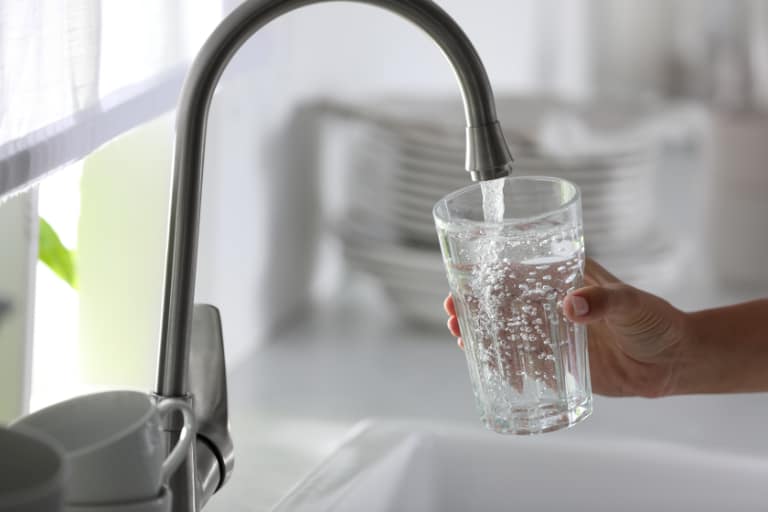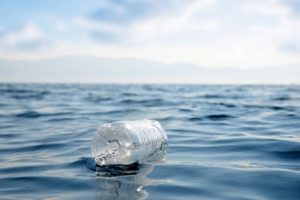What is Chlorine and what is is used for?
Chlorine is a chemical element found on the periodic table, and it appears as a yellow-greenish gas. In fact, in the 1800s, the English chemist Humphry Davy recognized the element as a gas and named it chlorine from the Greek word chloros, meaning “yellowish-green.”
The addition of chlorine has played an enormous role in improving drinking water safety over the last century. Today it is still the most used drinking water disinfectant worldwide. Chlorine is virtually responsible for removing microorganisms and eliminating waterborne diseases using modern water filtration methods.
Advances in water treatment using disinfection methods are considered one of the most significant advances in public health by the Center for Disease Control (CDC) and the World Health Organization (WHO). In the early 1900s, cities started disinfecting drinking water, which helped eliminate diseases such as typhoid fever, cholera, and dysentery.
Although there are other disinfectants, chlorine remains the disinfection treatment of choice among water treatment experts, and scientific data shows that the benefits outweigh the risks for safe drinking water. Chlorine is easy to add, cost-effective, and kills viruses, bacteria, and other microorganisms. As water travels through the distribution system from the treatment plant to the water tap, small amounts of chlorine remain in the water, ensuring no recontamination.
Is Chlorination of Drinking Water Required?
Water treatment facilities must disinfect water exposed to the outside or open air and water treated with anti-corrosion chemicals for safe public use. Chlorine or some other form of continuous disinfection is required for public water systems, including any water taken from rivers, lakes, or streams. Chlorination is the most widely used disinfection method due to its ease of use as a gas, a hypochlorite solution, and other forms such as solid or liquid forms. It can also remove some noxious odors. Chlorination provides excellent disinfection, but it does not guarantee the water is totally free of harmful microorganisms; some can develop resistance to chlorine.
Chlorine also poses certain safety risks due to the fact it is toxic and highly corrosive in all its forms. The microorganisms and water conditions determine the minimal amount of chlorine and the specific time needed to disinfect public drinking water. Extra precautions must be taken with shipping, storage, and handling to ensure safe chlorination disinfection.
But is Chlorinated Water Safe to Drink?
The Environmental Protection Agency or EPA says yes. It has established set limits for the safe use of chlorine in drinking water. Diluted chlorine for public water treatment is considered non-toxic but harmful effects are possible over time.
One of the disadvantages of chlorination is the development of chlorine by-products. Chlorine will combine and react with tiny organic particles in the water, forming Trihalomethanes or THMs. The amount of THMs or disinfection by-products varies depending on the season, temperature, water source, and other factors. Over time, ingesting chlorine and its by-products (THMs such as chloroform) can produce adverse health effects.
All chemicals used for disinfection form by-products that produce ill health effects, but chlorine and chloramine are the most studied and known. Chloramine is another widely used method for disinfection; it is made of a chemical compound that contains chlorine and ammonia. Although slightly weaker than chlorine, it is widely used as an alternate disinfectant. Chloramination is also considered safe in drinking water when used in set amounts, but still, harmful health effects occur with long-term exposure.

The use of chlorine and chloramine does require added safety regulations when storing, shipping, and handling since all forms are toxic and highly corrosive. The chlorine residual is harmful to humans and is also very dangerous to aquatic life, even at low concentrations. After the chlorination process, if too much chlorine residual remains, it must be removed to protect the aquatic life. A process known as dechlorination, which uses several other chemicals, lowers excess chlorine levels.
Water treatment facilities must regularly test the treated water to ensure disinfectant by-product levels are within public safety limits. If disinfectant by-product levels are too high, the public must be alerted, and steps must be taken to decrease levels to a safe amount.
Harmful Health Effects of Chlorine, Chloramine, and their By-Products
Chlorine gas can be toxic to humans; exposure to chlorine gas is an irritant to the nasal passages, eyes, and respiratory system. Acute exposure can cause serious health issues and may be fatal. The chlorine used in water treatment is kept as low as possible, but special precautions must be taken for people receiving dialysis. Dialysis clinics must filter all chlorine, chloramine, and by-products from the large amounts of water needed to clean toxins from the blood.
Not only chlorine and chloramine, but their by-products were also studied and showed many adverse health issues from long-term exposure to drinking water.
Cancer
Drinking chlorinated water with THM by-products causes an increased risk of bladder, colon, and rectal cancer. An article published in the 1995 Environmental Health Perspectives gives study details of how chlorination and by-products may account for up to 8,000 cases of bladder cancer and 5,000 cases of rectal cancer annually.
Congenital Disabilities
A study of close to 400,000 women in Taiwan who were exposed to trichloromethanes or THMs during pregnancy had a higher likelihood of giving birth to a baby with congenital disabilities. Being exposed to THMs in drinking water while pregnant, they were born with three abnormalities: lack of brain development, ventricular septal heart defect, and cleft lip.
Asthma
Studies show that asthma symptoms can develop or worsen when swimming in chlorinated pools, even if chlorine levels are at the appropriate level. It is important to note that breathing chlorine causes or can aggravate respiratory symptoms. So bathing or showering in chlorinated water absorbs chlorine into your skin and from breathing chlorinated steam.
Allergies
A study of drinking chlorinated water containing the chemical dichloropenols showed that participants with the highest levels of dichlorphenols had the most food allergies.
Cardiac
In 1969 Dr. Joseph Price wrote a book entitled “Coronaries/Cholesterol/Chlorine.” He stated that chlorine in drinking water is a major contributing factor in causing atherosclerosis, heart attacks, and strokes. He experimented with hundreds of chickens and found that the ones have given chlorinated water showed signs of cardiac, circulatory disease, and poor growth. Still, the chickens without chlorinated water showed no cardiac or circulatory disease, and they grew larger and faster. This study was widely accepted, and even today, many major poultry producers don’t give their chickens chlorinated water. More current studies have been done using pigeons with similar findings.
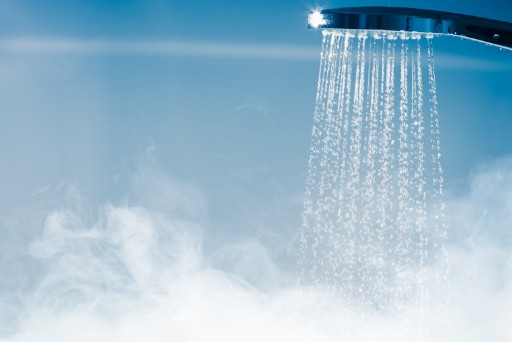
Chlorinated water and its by-products are absorbed into the skin and inhaled during showering or bathing. The warm steam opens pores and significantly increases the chemical exposure.
Removing Chlorine From Drinking Water
Although chlorine and chloramine provide the necessary disinfection of municipal drinking water, they also produce adverse health issues over time. There are simple yet effective ways to treat and remove unwanted chlorine and chemicals from your household to ensure pure, clean, and safe drinking water.
Water Softeners
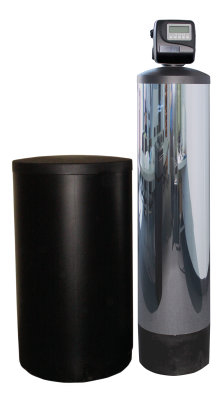
Water softeners not only remove water hardness but can also remove chlorine and chemicals. The primary function of a water softener is to remove the calcium and magnesium responsible for the water hardness. Still, they can also remove unwanted chlorine and other chemicals with the proper media added.
Acid washed coconut shell carbon media is added in addition to water softening resin. This combination effectively removes hardness and reduces chlorine and other chemical contaminants. It reduces chlorine, THMs, VOCs, bad tastes, and odors from municipal water, while providing safe, clean water to every tap. The Excalibur Water Systems Chlor-A-Soft Water Softener offer superior water softening with vital chlorine and chemical removal.
Chemical Removal Filters

A point of entry chemical filtration system brings safe, clean, filtered water to every household tap using a superior coconut shell carbon filter to absorb and remove harmful chemicals and contaminants.
A chlorine removal chemical filter system will help eliminate the adverse effects and worry of drinking, cooking, and showering in chlorinated municipal tap water. The chemical filtration system also helps remove other harmful chemicals such as THMs, VOCs, and pesticides.
The Excalibur Water Systems Chlorine & Chemical Removal Filter removes chlorine, chloramines, and other volatile and industrial chemicals to bring safe, pure, clean water to every tap throughout your home.
Whole Home Filtration Systems
A Whole Home Reverse Osmosis System provides outstanding chlorine and chemical removal. It is designed to filter water throughout your home, not only to your vital drinking water but also to every tap, including your shower and bath. The systems can remove up to 99% of the chlorine and chloramine, virtually eliminating exposure to their many harmful health effects.
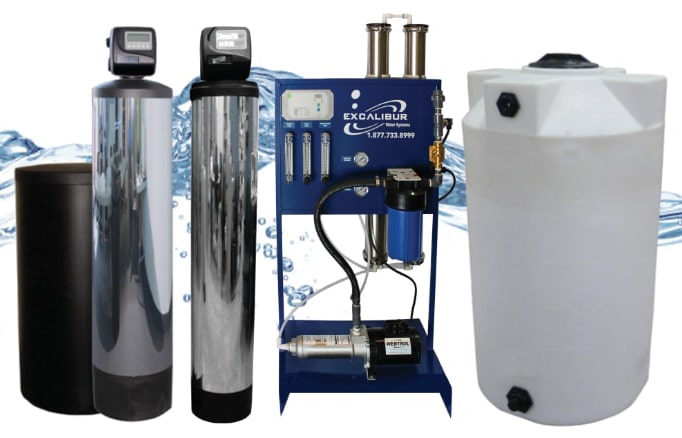
Through the use of coconut shell filtration, harmful chlorine, chloramine, THMs like chloroform, VOCs, such as pesticides, ammonia, benzene, bromine, PCB, and chromium are absorbed and removed. A whole house reverse osmosis filtration system also helps provide your home with better indoor air quality by eliminating certain chemicals and their harmful odors. In addition, they also reduce the number of inorganic compounds called TDS or total dissolved solids in your tap and household water.
Excalibur Water System’s Whole Home Reverse Osmosis System boasts a 99.5% removal rate of chlorine, chloramine, THM by-products, bacteria, viruses, pesticides, and many more contaminants. The system provides the highest level of water purification for your home and, most importantly, pure, safe drinking water.
Although chlorination is still the most widely used method for disinfection in many parts of the world, it is well studied and documented that long-term exposure to drinking chlorinated tap water produces harmful health effects on both humans and animals. To ensure you and your family have the purest drinking and household tap water requires the appropriate water filtration system that fits your specific household water needs. The professional water experts at Excalibur Water Systems can perform a water quality analysis and recommend the Excalibur Water Filtration System right for you and your household.
For more information about Excalibur Chlorine Removal Systems, please contact us.